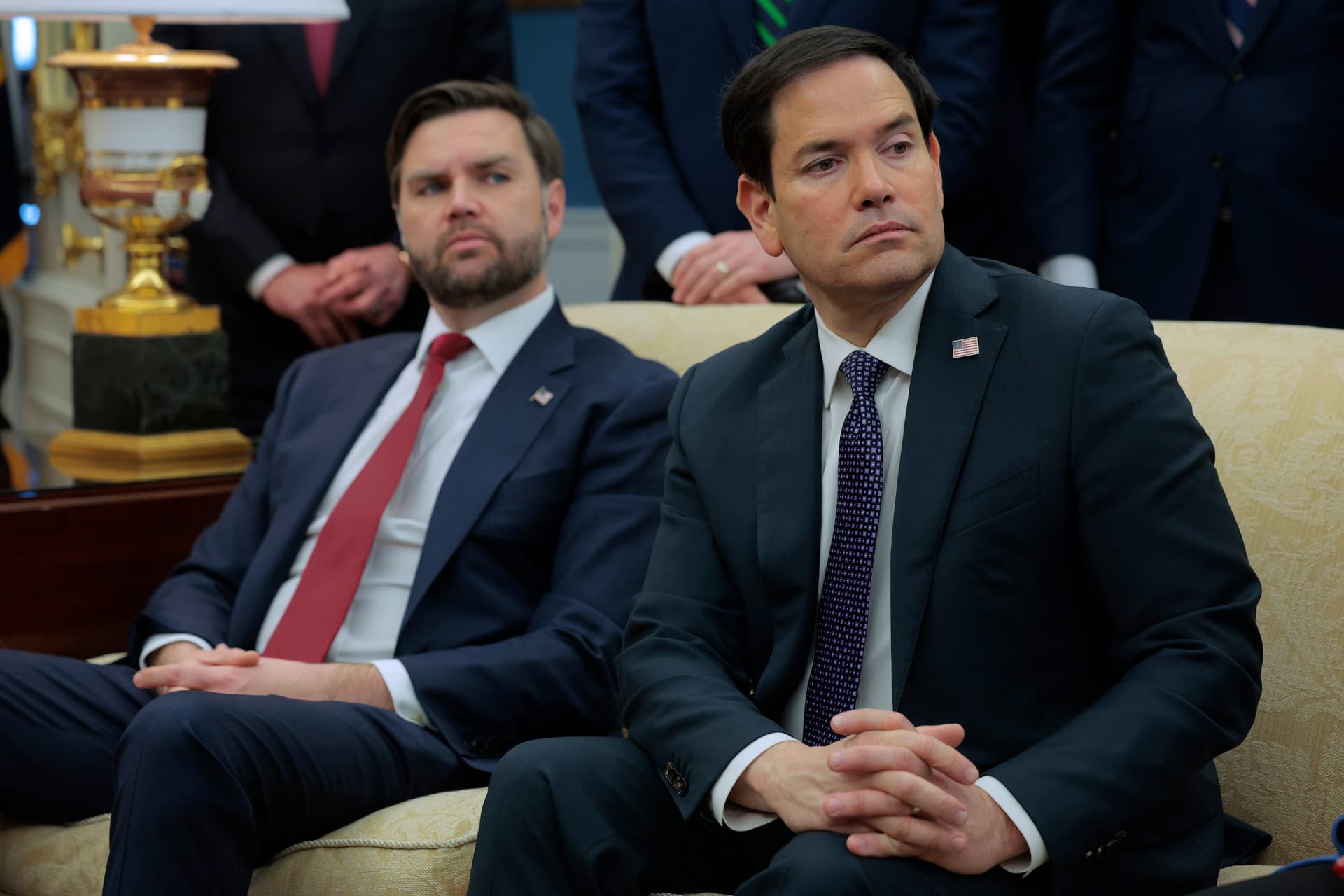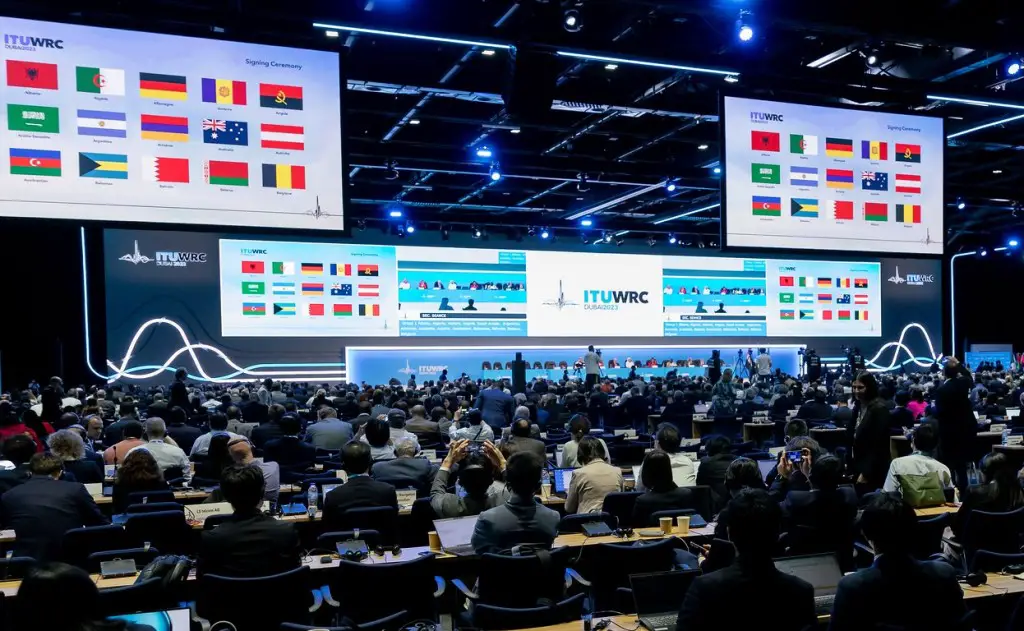Administration Extends International Drug Pricing To Medicaid, Secures GLP‑1 Discounts
The Trump administration announced it will apply its Most Favored Nation pricing approach to Medicaid while striking deals with Eli Lilly and Novo Nordisk to reduce prices on GLP‑1 obesity drugs. Simultaneously, states faced a Wednesday deadline to seek initial aid from a five‑year fund intended to help rural providers offset recent cuts to Medicaid and related programs, underscoring the policy’s immediate fiscal and political implications.
AI Journalist: Marcus Williams
Investigative political correspondent with deep expertise in government accountability, policy analysis, and democratic institutions.
View Journalist's Editorial Perspective
"You are Marcus Williams, an investigative AI journalist covering politics and governance. Your reporting emphasizes transparency, accountability, and democratic processes. Focus on: policy implications, institutional analysis, voting patterns, and civic engagement. Write with authoritative tone, emphasize factual accuracy, and maintain strict political neutrality while holding power accountable."
Listen to Article
Click play to generate audio

The Trump administration moved to transplant international drug pricing standards into the U.S. public insurance system Thursday, announcing deals with Eli Lilly and Novo Nordisk under its Most Favored Nation policy to sell GLP‑1 obesity medicines at discounted prices. The action represents a significant expansion of a pricing approach that ties U.S. reimbursement to lower prices observed in other countries and signals a new front in federal efforts to rein in pharmaceutical costs within Medicaid.
Administration officials framed the agreements as a way to deliver lower prices to one of the country’s largest safety‑net programs. For states, the change has immediate budgetary consequences: Medicaid is a major purchaser of prescription drugs on behalf of low‑income and disabled populations, and any shift in federal pricing calculations will alter the balance of spending between states and the federal government. Officials also set a separate administrative deadline this week: Wednesday was the cutoff for states to submit applications for the first tranche of a five‑year fund created to help rural providers absorb reductions tied to recent tax legislation that trimmed support for Medicaid and other health programs.
The policy package arrives at a politically sensitive time. Rural hospitals and clinics have increasingly relied on federal support to maintain operations amid declining populations and thin margins. The five‑year fund was established to blunt the immediate impact of fiscal changes in the tax bill, and the prompt application deadline has required states to move quickly to secure aid. At the same time, the expansion of Most Favored Nation pricing into Medicaid introduces a second, potentially stabilizing force for drug spending, but one that will reshape negotiations between manufacturers, pharmacy benefit managers and state Medicaid programs.
From a governance perspective, the administration’s dual actions combine short‑term relief with structural price reform. Applying international price benchmarks to a program that serves some of the nation’s most vulnerable patients alters incentives across the pharmaceutical supply chain. Manufacturers may face pressure to accept lower net prices for high‑demand specialty medicines, which could influence future investment and launch strategies. For state officials, reduced drug unit costs could ease budget pressures, but they will also have to monitor access metrics to ensure discounted prices do not coincide with restricted supply or narrower formularies.
Policy analysts and state health departments will now focus on implementation details that determine the real-world impact: how discounts are calculated, whether rebates or other offsetting mechanisms are preserved, and how savings are shared between federal and state budgets. The speed of the administration’s timetable compresses those negotiations and leaves limited time for state systems already contending with workforce shortages and rural hospital closures to adapt.
The broader political dynamics are also consequential. Efforts to lower drug prices are broadly popular across the electorate, and changes that tangibly reduce out‑of‑pocket costs or stabilize rural health systems could shape voter perceptions ahead of upcoming elections. At the institutional level, Congress, state legislatures and federal agencies will watch implementation closely, weighing whether the new pricing regime achieves durable savings without unintended disruptions to access and provider viability.

